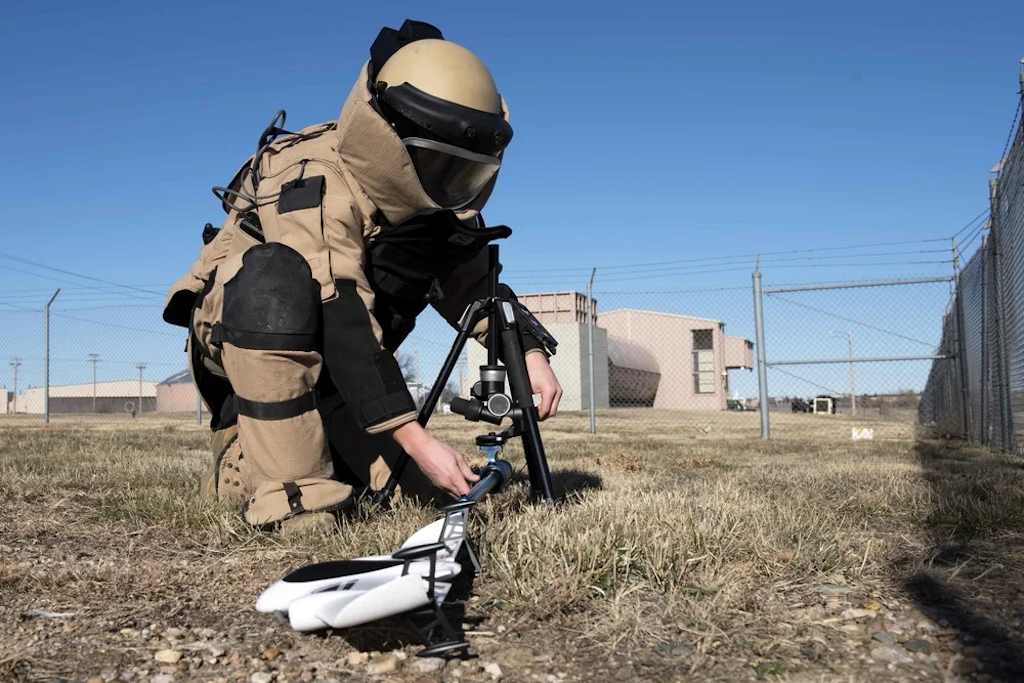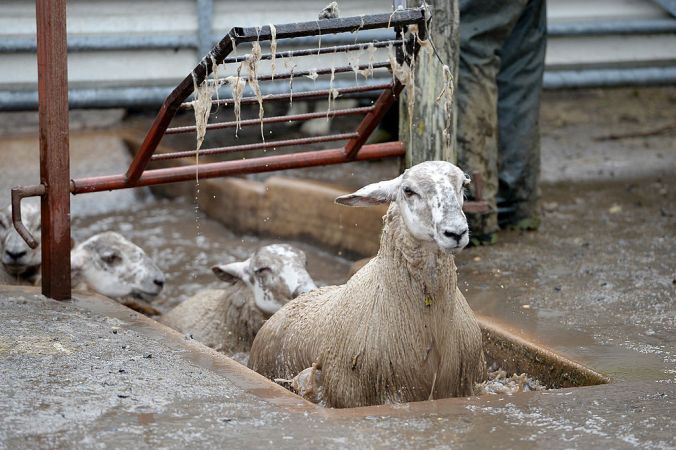“No catalogue of horrors ever kept men from war. Before the war you always think that it’s not you that dies. But you will die, brother, if you go to it long enough.” ― Ernest Hemingway
Jocko Willink, a retired Navy Seal Officer who led SEAL Team 3, Task Unit Bruiser, in Iraq during the 2006 Battle of Ramadi, says that war is the ultimate human test. “When people from both sides of a conflict are trying to kill each other, it’s life or death.” Not every station of military service bears that intensity, but some do. There are jobs in which the choices you make spell out the difference between going home safely or never going home at all.
These are some of the most dangerous jobs in the U.S. military
Explosive Ordnance Disposal
Immortalized in pop culture with The Hurt Locker and broadening awareness of the conditions on the ground in Iraq, these military bomb squad techs clear mines and inspect malfunctioning munitions. The proliferation of IEDs (improvised explosive devices) in our current conflicts make the career conditions of these warriors extremely precarious.

Pararescue
An elite ambulatory care team in the USAF that not only operates in war zones, but in severe conditions due to weather and natural disasters, and even as support for NASA missions. Called PJs (Pararescue Jumpers), they’re tasked with flying, climbing, and marching into high-risk areas to save those isolated or wounded by war or disaster.
Special Operations
Encompassing a broad range of units including Army Rangers, Navy Seals, and Green Berets, Marine Raiders, Special Ops soldiers are culled through rigorous training and selection processes. Working in all terrains, they are often equipped with better gear and additional training than their counterparts in the regular infantry, but they’re also put in much more challenging situations that can amount to greater casualties.

Motor Transportation
The rise in the usage of IEDs during our “forever wars” in the Middle East expose truck drivers and other vehicle transport to intense risk. Though there is a greater supply of up-armored vehicles for the units in places such as Afghanistan and Iraq than there was fifteen years ago, there’s no avoiding the exposure to bombings that many of these drivers face.
Aviation
Due to the tremendous support aircraft provides to the battlefield, their pilots and crews are valuable targets to the enemy in battle. Helicopter crews in particular often have to move in and out of hostile territories while under fire to transport people and ordnance.
Combat Medics (Corpsman)
The job of a medic is to move alongside friendly forces to aid the wounded and dying while under fire. Though medics are protected under the Geneva Convention, they are still susceptible to mortars, artillery, and air strikes just as their infantry support is.
JTAC
JTAC, or joint terminal attack controllers, are in charge of directing offensive air operations. Basically, they’re responsible for controlling the chaos of battle in the air. They’re responsible for directing attacks, and it’s a complicated and dangerous job. While joint terminal attack controllers are usually observing and directing the action rather than acting it out themselves, they’re still in close proximity to gunfire, bomb detonations and a number of other life-threatening hazards.

Artillery
These troops are subject to a lot of attention from the enemy because of their vital task of launching heavy rounds beyond the range of typical infantry. Not only are they called upon to breach fortifications and larger targets, but enemy formations as well. They are also sometimes called upon to move to infantry or cavalry positions, where they’ve received less training and can by more susceptible to danger.
Aircraft carrier ground crew
You don’t have to be in a combat role to be in harm’s way. Aircraft carriers are inherently dangerous. Planes land on them while they’re in motion; it’s comparable to landing a plane on top of a skyscraper during an earthquake. Aircraft carrier ground crew members are subject to multiple hazards. Combine thousands of gallons of fuel, jet engines and intentional crash landings, and you have a pretty risky job– even if no bullets or bombs are involved.
Infantry
As the primary force deployed in conflicts to take and hold enemy territory, it should come as no surprise that an infantry man or woman, now as always, is a high-risk profession. They perform all of the most common battle operations, and are host to the greatest number of casualties.
The price paid by many of our military service members is the steepest there is, and we should all strive to treat them with grace and respect. For further information on finding support after the death of a loved one, www.militaryonesource.mil is just one of the many resources available.









